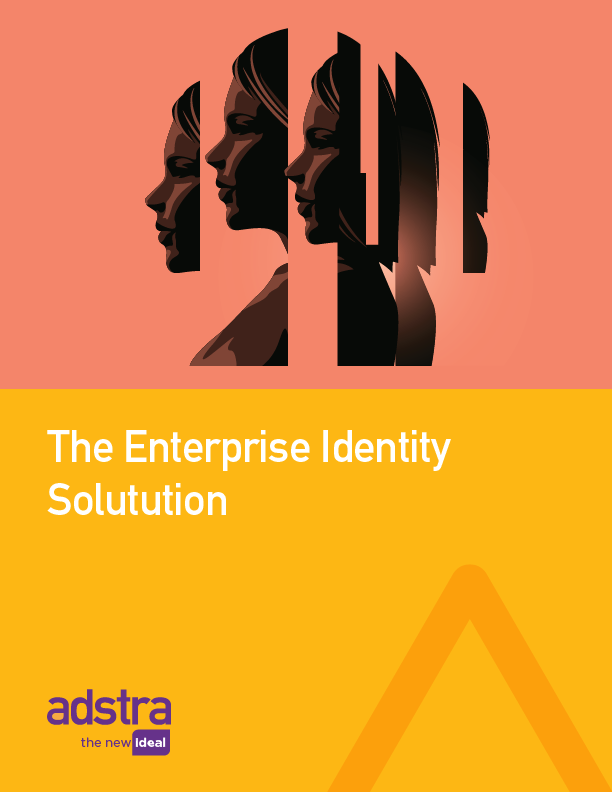Relax. The Multi-ID Landscape Is Already Here
By Lance Brothers,
Chief Revenue Officer, Adstra

As the advertising industry grapples with signal deprecation, a clearer picture of the post-cookie future is emerging.
Innovations such as RampID, UID 2.0, ID5, and a suite of other deterministic IDs are stepping up to fill the void left by cookies. Though their adoption started off on a slow note, momentum is picking up quickly. Yet, it’s evident that none of these alternatives can single-handedly match the expansive reach that cookies once offered. For most brands, leveraging a mix of these IDs will become essential to effectively reach their target audiences. It’s becoming increasingly clear that the post-cookie era will be defined by a multi-ID landscape, where media targeting and measurement will rely on an increasingly diverse array of identifiers.
This shift towards a multi-ID reality isn’t as sudden or unforeseen as some might suggest. In truth, we’re already navigating through a multi-ID environment.
We are already a multi-ID landscape
Consider the variety of channels that don’t depend on cookies: Firefox and Safari browsers, iOS devices, Connected TV (CTV) and Linear TV, and all the major social platforms. These channels, collectively, account for a significant (if not the majority) share of all targeted media spending. None of them rely on cookies or any singular standard for identity.
Modern media consumption spans across multiple channels, making the advertising landscape fundamentally omnichannel. This reality won’t change; it only further entrenches us in a multi-ID world. The deprecation of third-party browser cookies in Chrome is just the latest, albeit most dramatic, step towards embracing this underlying truth.
Adaptability and Interoperability
What does this mean for advertisers? It’s time to focus on developing the capacity to manage the increasing complexity of identity for both targeting and measurement. Rather than yielding to panic and making hasty decisions, advertisers should recognize that moving to a multi-identity framework is a natural progression from existing practices. Emphasizing adaptability and a forward-thinking approach to incorporating multiple identity markers will be key to thriving in this new landscape.
The solution won’t be found in selecting one replacement universal ID over another; no single ID will emerge as the new universal standard, replacing cookies. Instead, brands should aim for adaptable, interoperable, and ID-agnostic strategies, seeking partners who can support such approaches.
Why Adstra?
My recent decision to join Adstra was driven by their alignment with this vision. Adstra not only acknowledges the inevitability of this shift but also possesses the technology and business model to assist brands in navigating this reality as it already presents itself.
The multi-ID landscape demands the ability to translate between any form of identity into any other, from first party cookies to synthetic IDs and CTV IDs. Advertisers must become interoperable and adept in this type of crosswalk to maintain the efficiency and effectiveness to which they’ve grown accustomed in digital.
The solution to multi-ID future is not to hope and pray for a single form of identity to rise above the rest. Instead, it’s to embrace the omnichannel, multi-ID present – and acquire the fluency to manage it as it becomes only more fragmented and complex.


